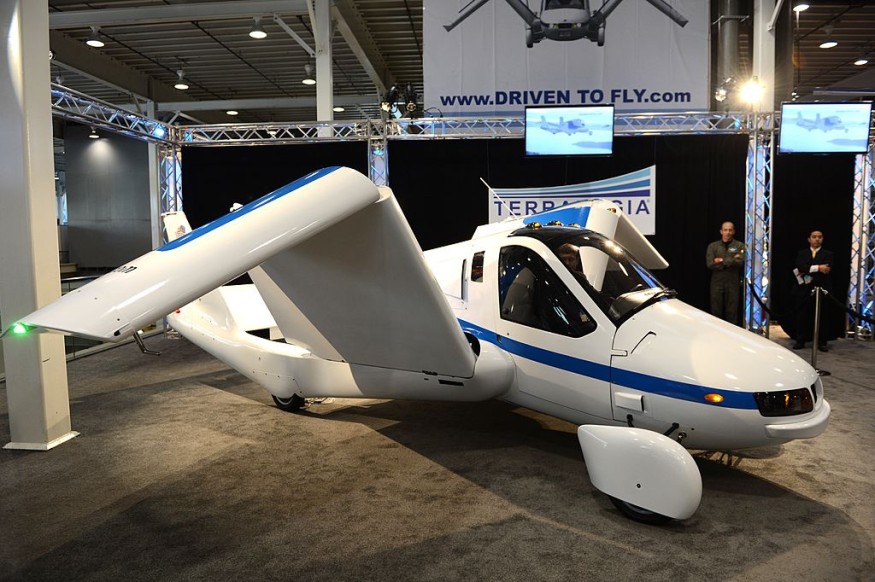An owner of a company has recently completed the first-ever commute in a space-age flying car amounting to $83,000.
As specified in a Good News Network report, Tomasz Patan, the co-founder of Jetson, a Swedish company, has just piloted a vehicle called the Jetson ONE from his Italian home to a Tuscany-based company building.
Based on most people's first drone flight going into a wall or tree I'm not sure "democratize[-ing] flight" is all that good an ideahttps://t.co/uGeAVZPnMn
— The Stainless Steel Rat (@steelrattus) June 23, 2022
According to Jetson, the trip to a Monte facility called 'Santa Maria" is a "momentous occasion for the eVTOL or electric vertical take-off and landing sector.
The said aircraft is powered by eight electric motors, has a flight time of 20 minutes, and can reach a top speed of 102 kilometers per hour.

Be a Pilot in Less Than 5 Minutes
Essentially, the futuristic vehicle is built from one that's inspired by a race car with a lightweight aluminum space frame ad Carbon-Kevlar composite body.
Flying on a high discharge lithium-ion battery, the flying car can carry a pilot as heavy as 210 pounds or 100 kilograms.
Patan, the company's founder, and CTO said their long-term goal is to "democratize flight." He added, that they strongly believe that the eVTOL is the "future for mass transportation."
Meanwhile, according to the firm's co-founder and President, Peter Thernstrom, the Jetson is built like a Formula One vehicle for the sky and is tremendously fun to fly.
Most remarkably, the Flight Stabilisation system they developed, the company official added, makes flight very easy. He also said that the latest development can make anyone a pilot in less than five minutes.
According to the company, its prototype proof of concept was completed in the spring of 2018, and since then, they have been working on a "consumer-friendly" edition.
The firm also said that the entire production this year is sold out, but it is now accepting orders for next year's delivery, a similar Independent report via Yahoo! Finance said.
eVTOL
The Spartan College of Aeronautics and Technology describes eVTOL as "one of the innovations in the aerospace industry." Its vehicles are electronic, and they function much akin to a drone.
Essentially, large omnidirectional fans help the aircraft move in any direction and even lift off vertically. Whereas designs are varying between developers, most appear to resemble the form of a drone.
It remains to be seen if firms will choose a design that features rotor systems or electric propulsion. Only a single developer thus far, has invested in a fixed-wing aircraft.
Still, for an eVTOL vehicle to work as an "air-taxi," vertical liftoff is essential—another crucial element of eVTOL flight in forwarding and abrupt flag transition.
Almost 10 years ago, scientists at NASA hypothesized that the next vertical flight generation would feature distributed electric propulsion.
Distributed electric propulsion is using multiple thrusters, and an efficient wing design for noise, emissions, and safety advantages.
A report about the flying car is shown on Jetson's YouTube video below:
RELATED ARTICLE : Are Plug-in Hybrid Cars Worse for Environment Than Factory Tests Suggest? It Depends How You Drive Them
Check out more news and information on Electric Cars in Science Times.












